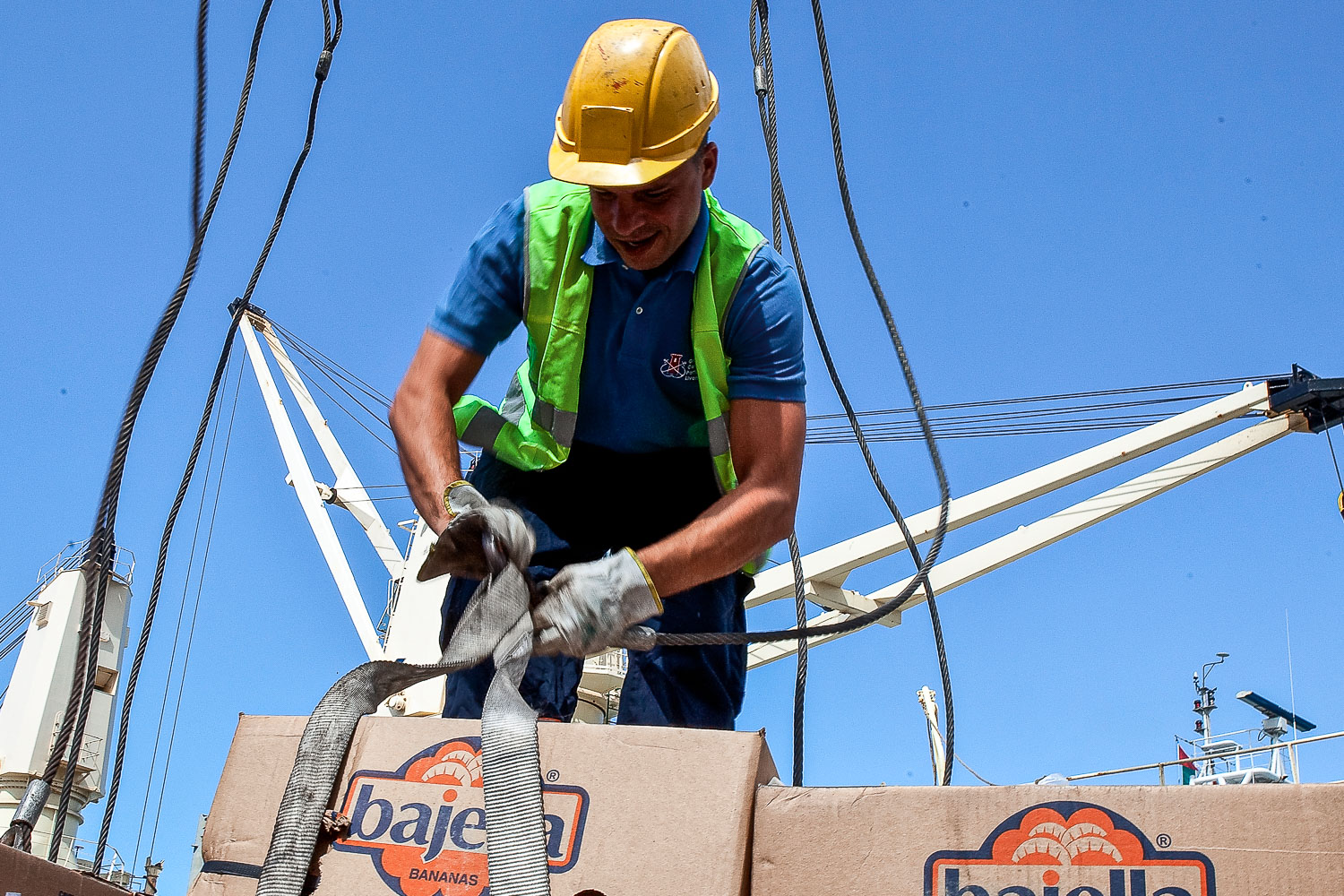The role of connecting global production processes that shipping has taken on over the last fifty years, from the consolidation of the “container revolution” to subsequent developments in the bulk carrier, ro-ro, energy and cruise sectors, has brought ships to such an exponential level of specialization that has affected the very nature of maritime work. The need has emerged for shipowners to be able to count on adequately trained crews capable of efficiently supporting all operations on-board with suitably specialized expertise.
This is the main reason for the particular seafarer training context, regulated internationally by the STCW Convention (Standards of Training, Certification and Watchkeeping for Seafarers) which sets standards of training, certification and watchkeeping for seafarers.
The Convention, which was adopted in 1978 and came into force in 1984, was amended in 1995 and 2010 to respond to a rapidly changing technological, operational, economic and economic environment. The adoption of new digital technologies, the emergence of increasingly integrated operational processes, the change of perspective dictated by a new sensitivity to sustainability are just some of the elements that have contributed to a relentless pursuit of international regulations to regulate the current scenario over the last few years. Hence the ‘human capital’ paradigm and its valorization through ‘lifelong learning’ processes also applies in this sector.
This is the reference framework which training activities should be focused on, starting from the Copernican revolution that concerns the role of the seafarer, considered as a “strategic asset” of the company. If the challenge lies in continuously updating worker knowledge and skills systems then it becomes necessary to build methodologies, tools and content as the need occurs. With a result that changes, also in this case, the traditional order of things: the training activity becomes a service aimed more at companies than at individual seafarers. In addition, from the preparation and specialization of individual seafarers one can pass to a generalized raising of the quality standards of the specific port network taken in consideration.
To achieve this goal, however, not only considerable investments in technology, infrastructure and teaching staff are required. It is necessary to pursue a strategic alliance between companies, training organizations and institutions for the development of skill portfolios capable of responding to changes in advance.
A challenging objective is to develop a procedure management system that allows the continuous monitoring of personnel in relation to both companies and their customers. In fact, it is in the common interest of the entire sector that seafarers can count on a wealth of expertise that can be used in a global scenario, shipping companies with a certification system capable of interpreting the changing reality easily for the recognition of a service in line with actual needs and the authorities for study and analysis tools that promote dialogue on national and international institutional tables.
The final goal will be the development of a Port Management Assessment geared to specific port set ups : tools that can be validated and evaluated, able to improve the competitiveness of all segments of the shipping chain – from technical-nautical services to harbour authorities , from port authorities to training centers, from seafarers to companies.
Translation by Giles Foster

